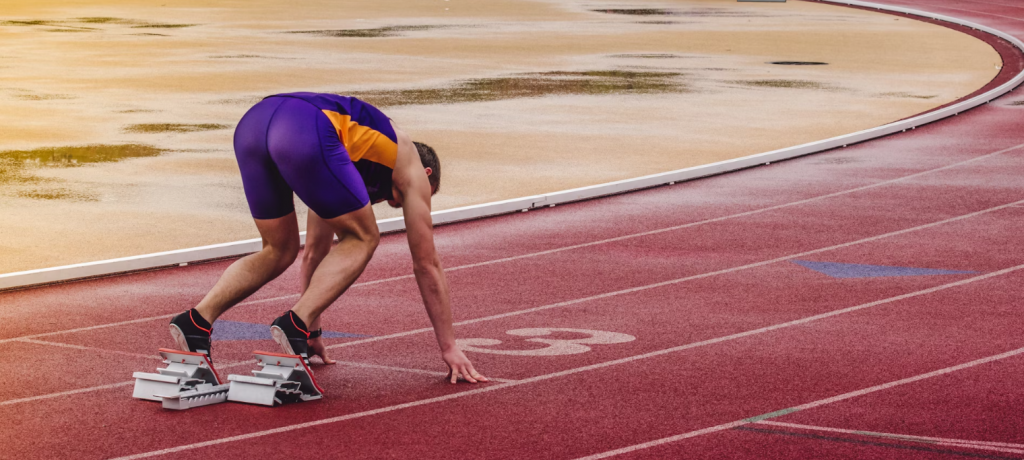Introduction
Reaction time is the critical window between stimulus and response. Faster reactions often determine winners in sports, from tennis to soccer. Understanding and training reaction time gives athletes a competitive edge.
What is Reaction Time?
Definition and Components
Reaction time involves perceiving a stimulus, processing information, and executing a response.
Simple vs Choice Reaction Time
Simple: single stimulus → single response; Choice: multiple stimuli → correct response selection.
Importance in Sports
Quick Decision Making
Faster reactions allow better positioning, passing, and strategic plays.
Hand-Eye Coordination
Crucial for catching, hitting, or intercepting in real time.
Anticipation Skills
Predicting opponent moves reduces effective reaction delay.
Neurological Basis
Nerve Conduction Speed
Fast transmission along neurons ensures quicker response.
Brain Processing and Motor Output
Efficient cognitive processing and muscle activation shorten reaction intervals.
Training to Improve Reaction Time
Drills and Exercises
Reaction balls, agility ladders, and reflex drills enhance response speed.
Cognitive and Perceptual Training
Pattern recognition and decision-making exercises improve anticipatory skills.
Reflex and Speed Work
Short sprints, plyometrics, and explosive drills condition rapid response.

Reaction Time in Different Sports
Racquet Sports
Quick responses to shuttle or ball trajectory are essential.
Team Sports
Passing, tackling, and positioning rely heavily on reaction speed.
Combat Sports
Striking, blocking, and counter-attacks demand milliseconds of reaction.
Factors Affecting Reaction Time
Fatigue and Sleep
Sleep deprivation slows neural processing, reducing response time.
Age and Experience
Younger, trained athletes often have faster reaction times.
Nutrition and Hydration
Electrolytes, glucose, and overall hydration support neural function.
Technology and Reaction Training
Apps and Devices
Specialized apps test and improve reaction time with gamified drills.
Virtual Reality Simulations
Simulate game scenarios for cognitive and physical response training.
Conclusion
Reaction time is a cornerstone of athletic performance. Training both the nervous system and cognitive decision-making enhances performance across sports disciplines.